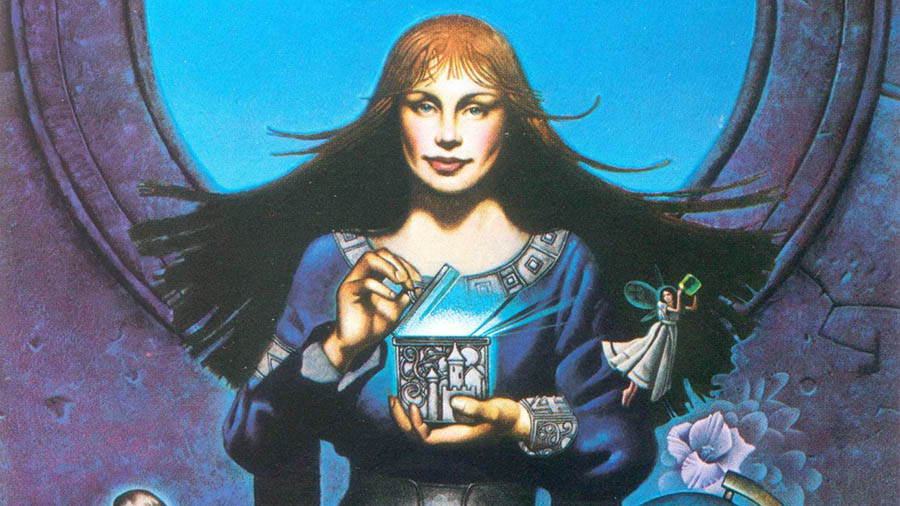Byron Preiss was a writer, editor, and publisher from the United States. He developed and was president of Byron Preiss Visual Publications, which later became ibooks Inc. But what is Byron Peiss’ book The Secret about?
Byron Preiss invented The Secret, a treasure hunt. The hunt entails looking for twelve treasure boxes, the locations of which are revealed in a book called The Secret, written by Preiss in 1982.
The Treasure Hunting
In 1982, American fantasy author Byron Preiss published The Secret, a book featuring a set of clues leading to 12 buried jewels, inspired by the developing armchair treasure hunt niche championed by Kit William’s 1979 Masquerade.
Before its release, the writer had traveled the length and breadth of North America, disguised as a construction worker, to hide a set of 12 porcelain casques enclosed in plexiglass in National Parks, three and a half meters deep in the ground. Each held a key that could be exchanged for a thousand-dollar precious jewel.
The locations of the treasure hunt boxes would be cryptically concealed inside the pages of The Secret using a combination of magical visuals produced by legendary fantasy illustrator John Jude Palencor and a series of short poems penned by Preiss himself. (Source: Ancient Origins)
The Last Nine Undiscovered Treasure Hunt Boxes
Only three casques have been discovered after 30 years. Yet, there is still considerable interest in the Preiss treasure hunt legend, and various locations have been proposed as the x that marks the position.
Many believe that the casque treasure box is buried near the Chinese pavilion near Huntingdon Falls, citing the Chinese face in the first image as an example of Asian immigration to San Francisco and the table post outline as an example of one of the city’s famed cable cars. The lion figure has been associated with African immigration to Charleston in South Carolina, with the pattern on the lion’s forehead regarded as a map of Charleston and a hanging object with the outline of Fort Sumter.
A fissure in the window is shaped like Roanoke Island, North Carolina. In contrast, the others feature the tapering banner of the conquistador matching the bend of the Tolonato River in Florida, which houses the renowned Fountains of Youth Park.
The clock was drawn in New Orleans, where three similar clocks with roman numerals may be found, as well as a mask depicting famed New Orleans jazz musician Louis Armstrong. At Milwaukee, the juggling image is mirrored by the Solomon Juneau Monument in Juneau Park, and Locust Avenue mirrors the locust shadow. The final artwork is tied to the New York casque, with the lady’s face relating to the Statue of Liberty and the 12 Russian onion domes relating to the St Nicholas Russian Orthodox Church on 97th street.
One of the keys is said to be in Texas’ Hermann Park. Two weeks before his death, he reacted to a picture of a route in Hermann Park provided to him by a prospector, saying how it would not be a waste of time to dig there, confirming a long-held idea that the solitary star alluded to Texas, the lone-star state.
There is even one box in Montreal, Canada, with the lamp posts outside George Stephen’s House resembling the leg-eater dog and the golden square guiding treasure hunters to the Golden Square Mile, a historic Montreal district. (Source: Ancient Origins)
